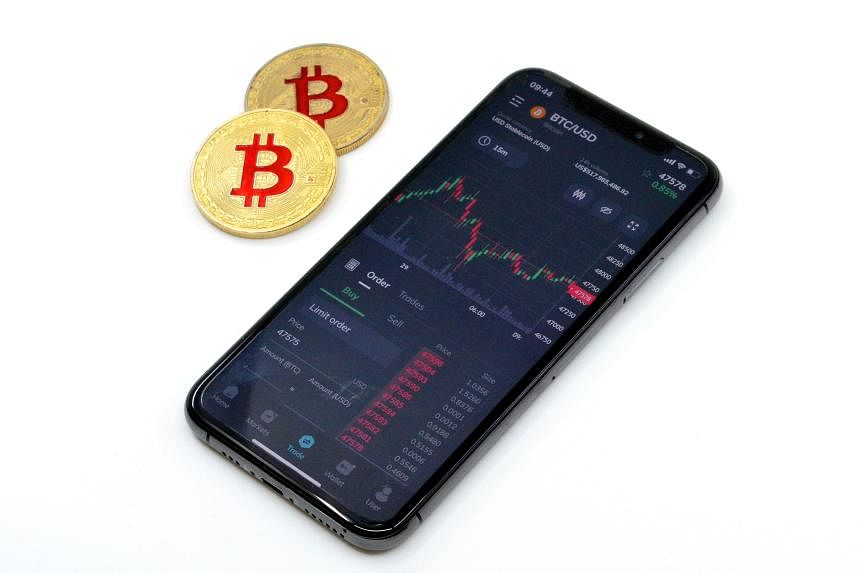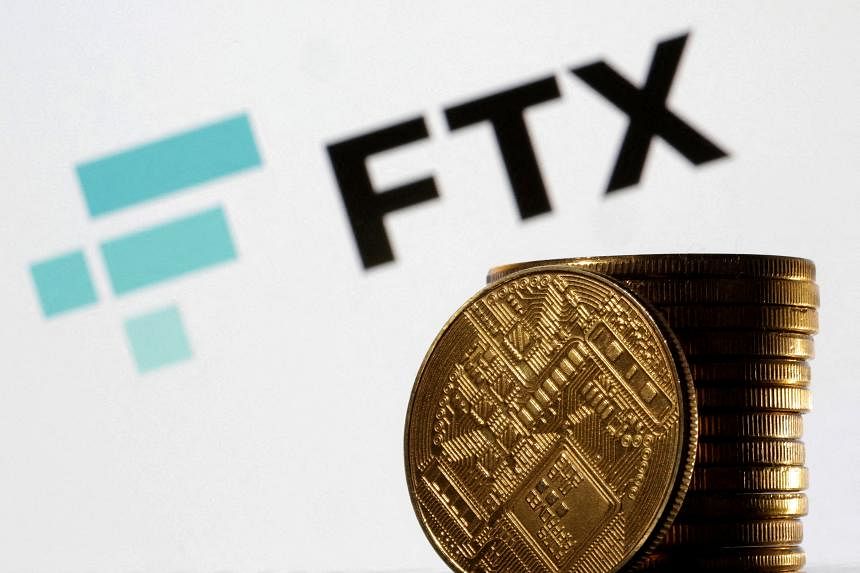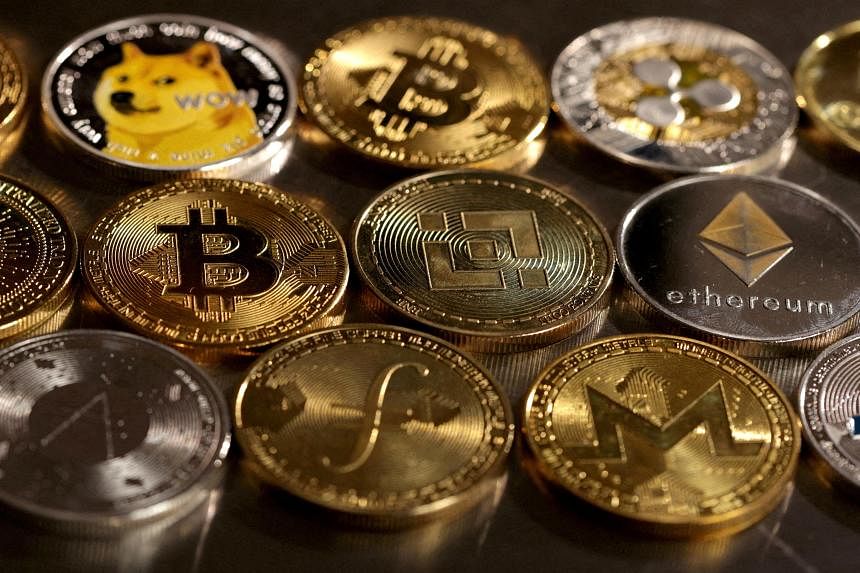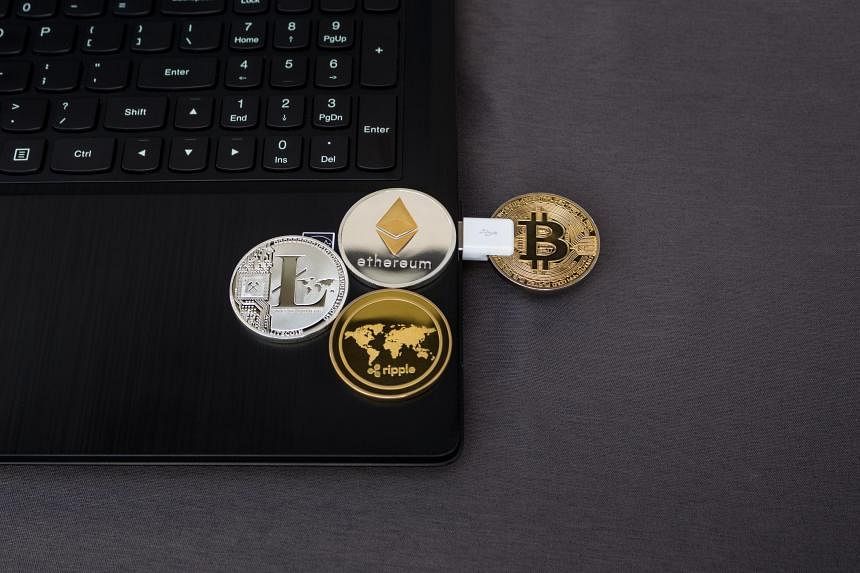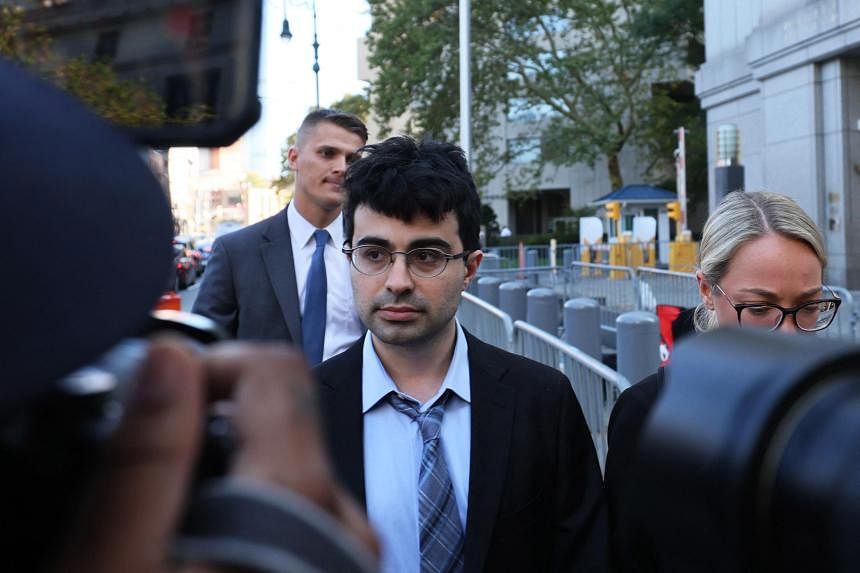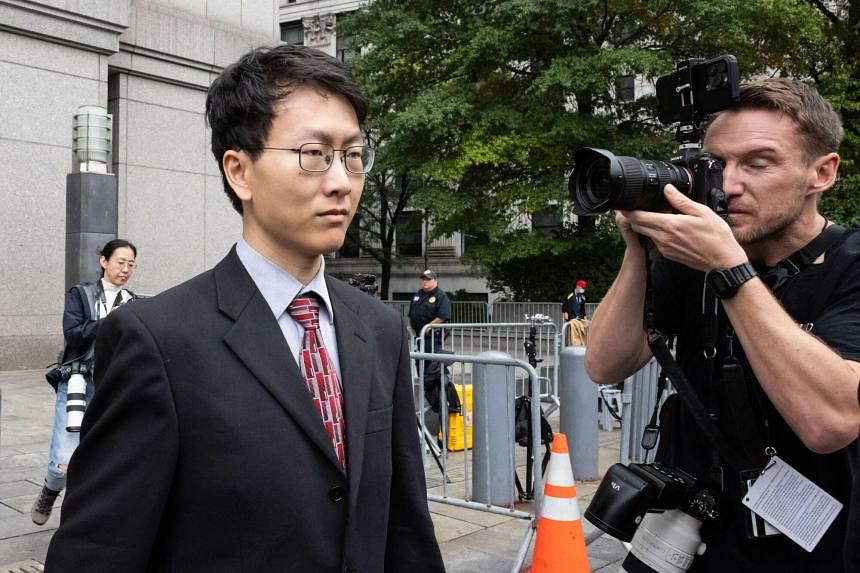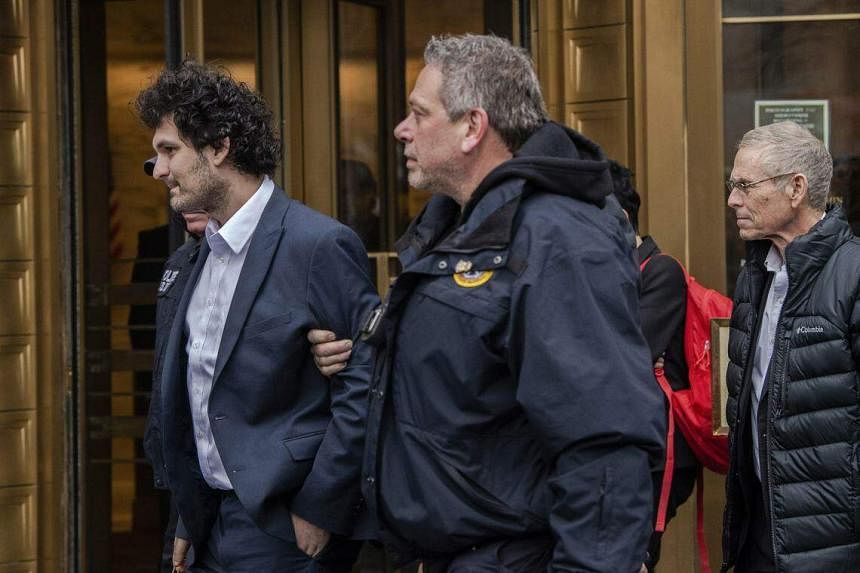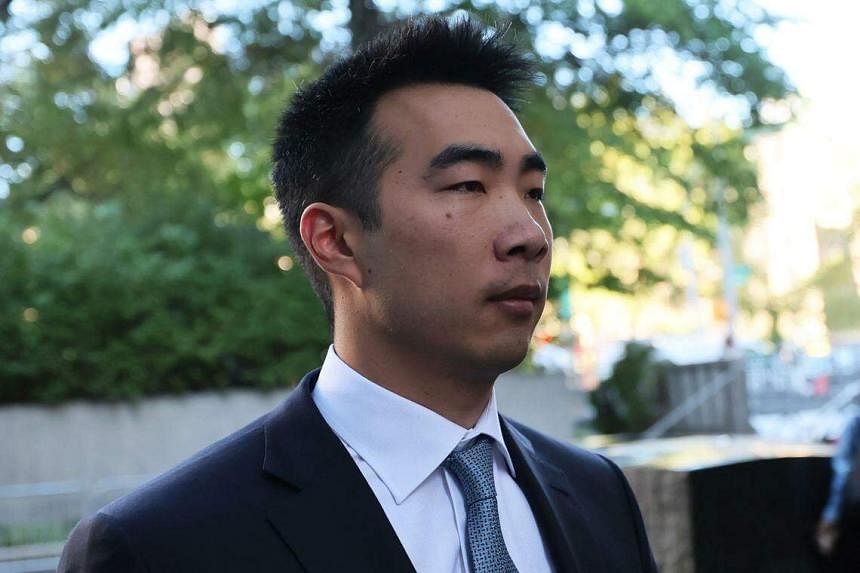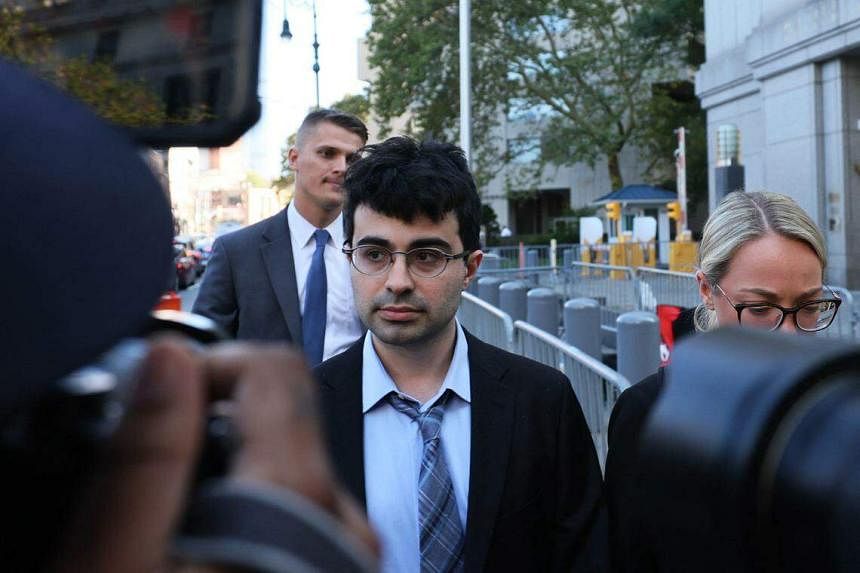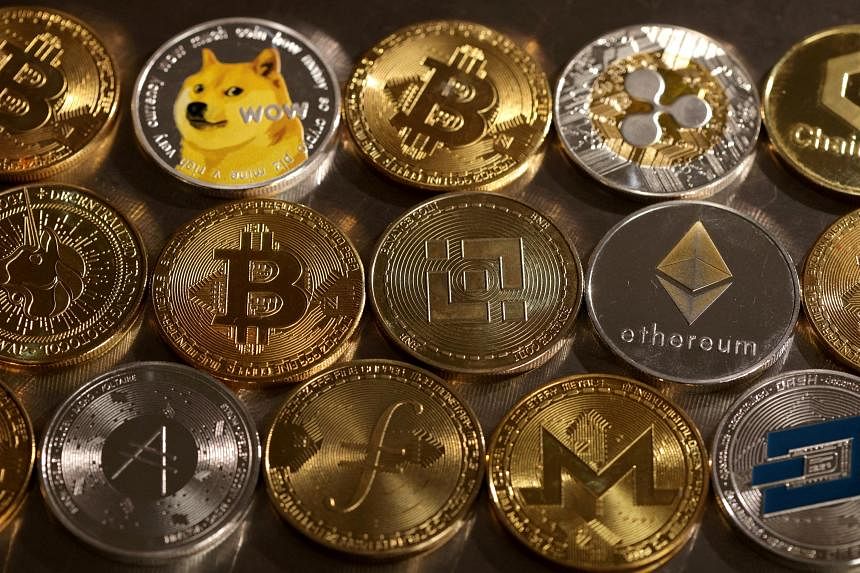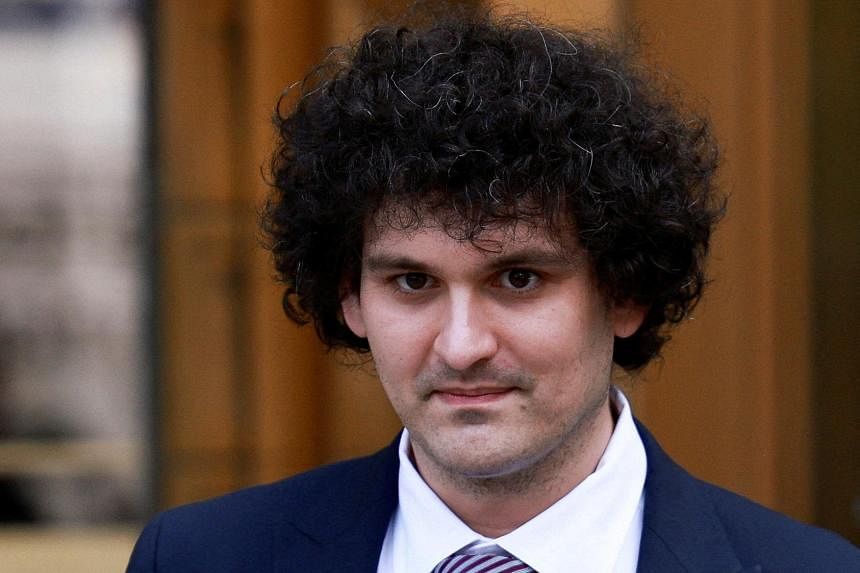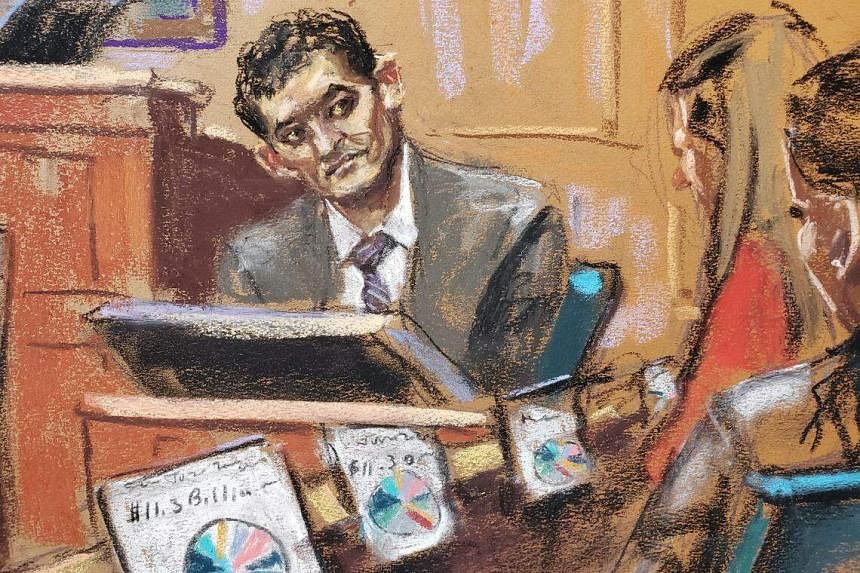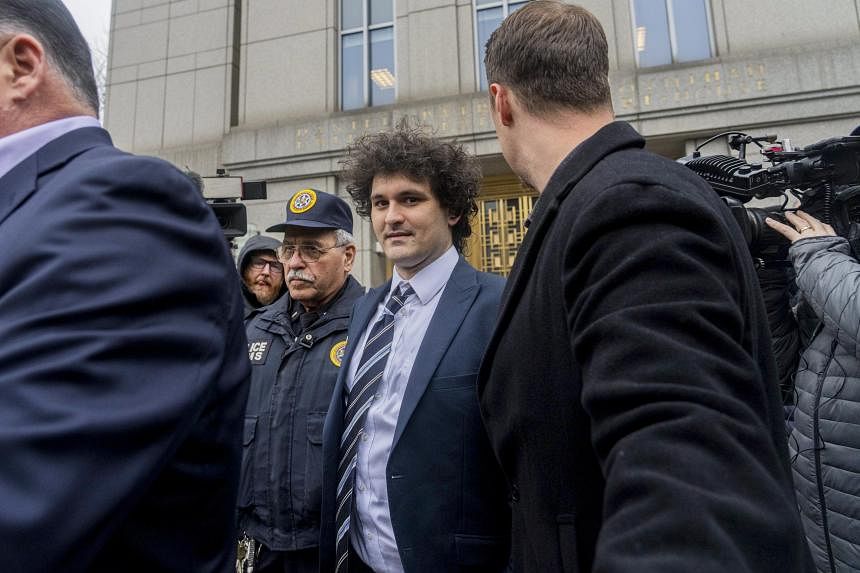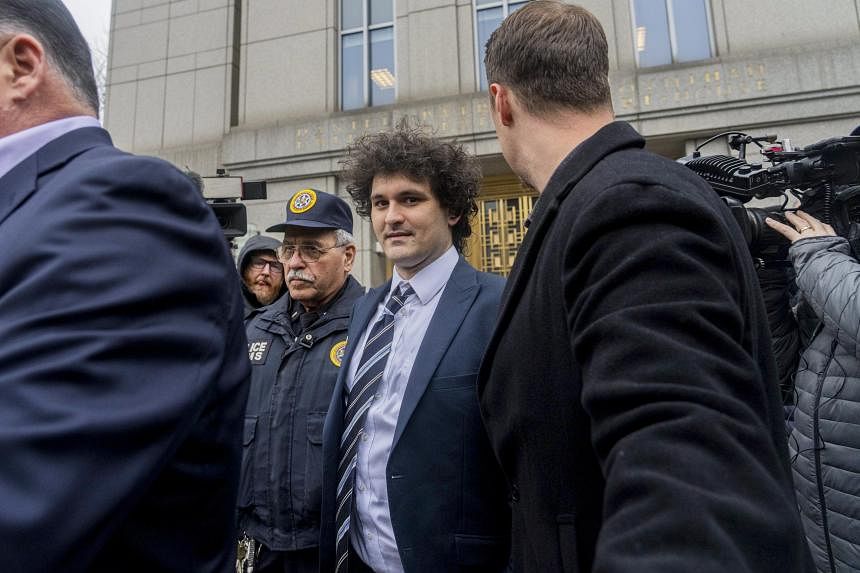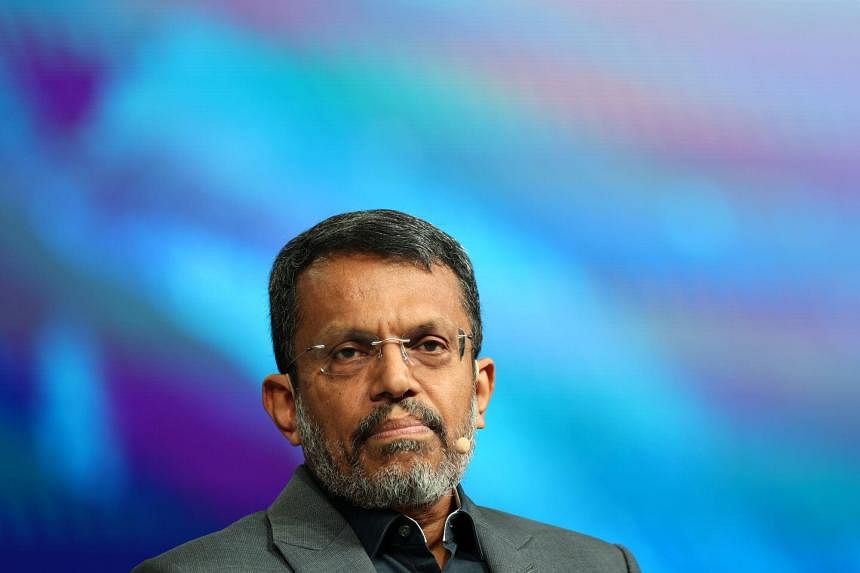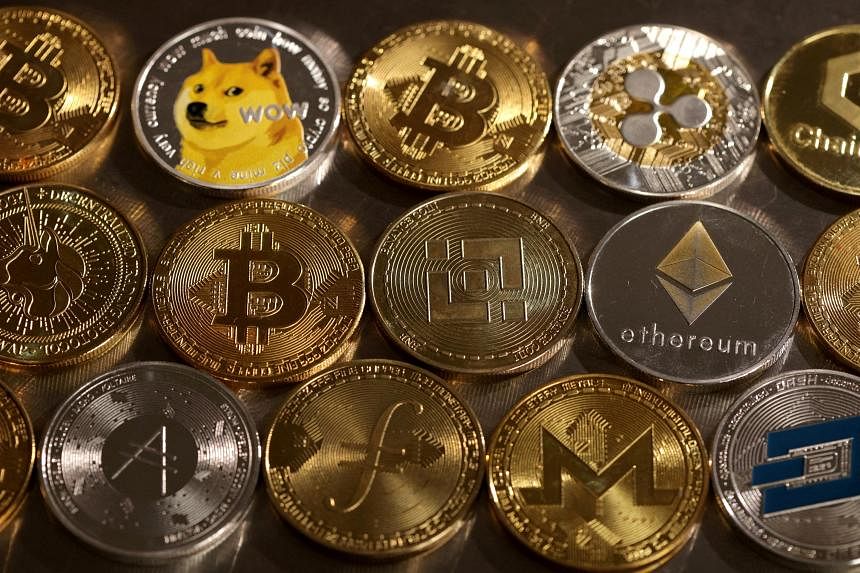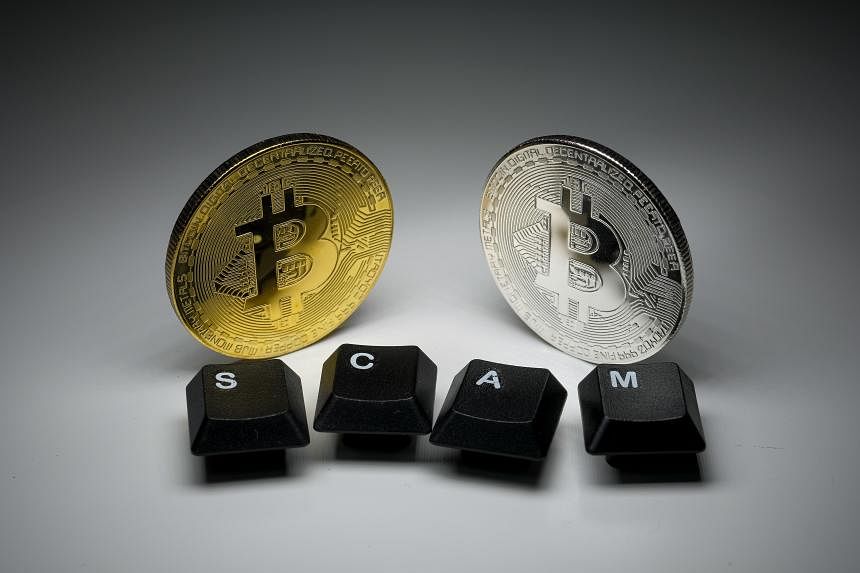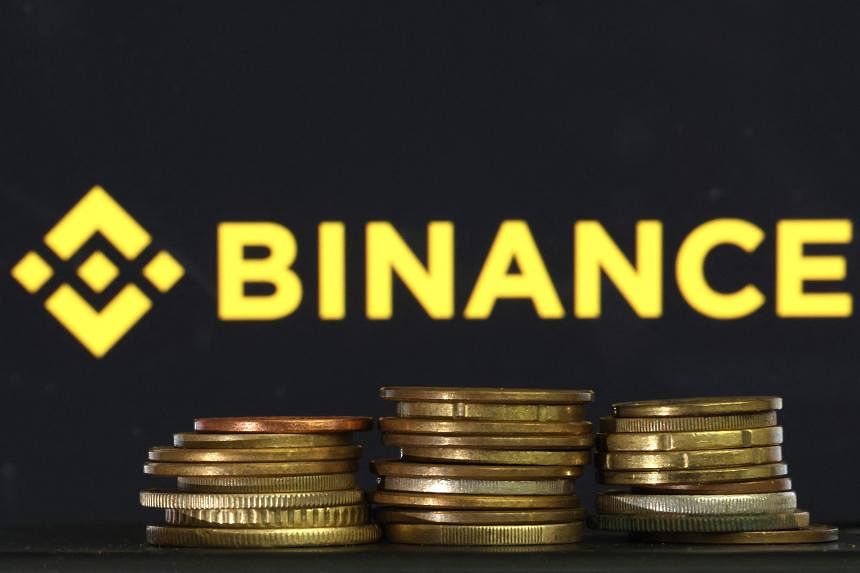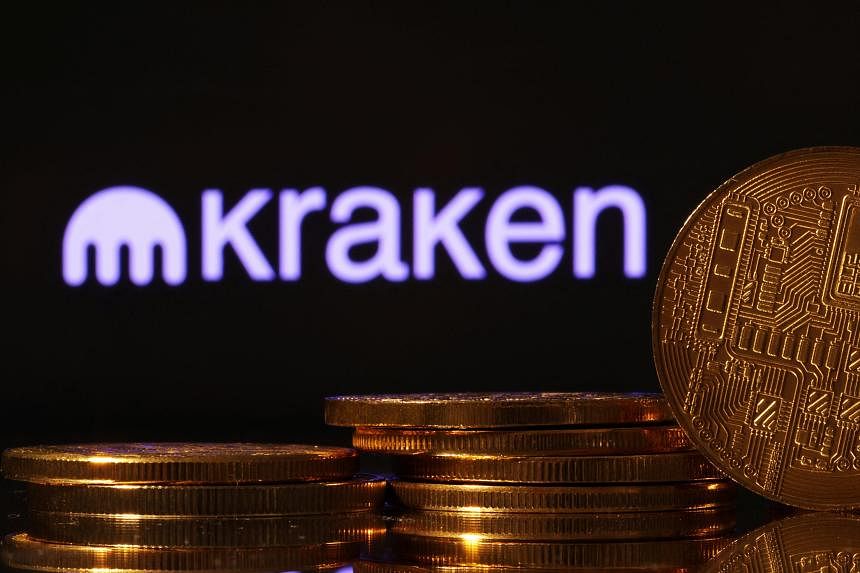Billion-dollar money laundering case: Two sides to using blockchain technology, crypto
A blockchain may be appealing to criminals but it also offers financial institutions and crypto players new tools to manage money laundering risks. PHOTO ILLUSTRATION: PIXABAY
Claire Huang
Business Correspondent
AUG 27, 2023
SINGAPORE – Digital assets and blockchain technology may offer many tools for criminals to conceal the funnelling of illicit gains, but they also allow the authorities to better track such fund flows compared with conventional money laundering means, market players said.
This is because a public blockchain, on which digital assets like cryptocurrencies and tokens are transacted, works like a public ledger.
The cryptocurrency industry has come under the spotlight in recent days after
the biggest anti-money laundering (AML) blitz on Aug 15 led to the arrest of 10 foreigners.
Among the items police took control of in the $1 billion bust were 105 properties, millions in cash and more than 120 electronic devices including phones and computers, as well as documents with information on virtual assets.
Ms Ong Chengyi, head of policy for the Asia-Pacific region at blockchain analysis firm Chainalysis, said the speed, pseudonymity and borderless nature of the blockchain are key features that make it an appealing medium to transfer value.
These same attributes appeal to criminals too. However, she added that the blockchain offers financial institutions and crypto players new tools to manage money laundering risks.
“When every transaction is recorded in a public ledger, it means that law enforcement always has a trail to follow, even years after the fact,” said Ms Ong.
Some crypto players told The Straits Times, on condition of anonymity, that given the fragile relationship with banks, just like how some of the top-tier banks get into trouble for AML lapses, some crypto firms also have the same problem.
Ms Amy Zhang, vice-president of sales at digital asset operations platform Fireblocks, said: “Criminals use a variety of methods to launder money via crypto, but in effect, the same principles apply to money laundered via cash as they do to crypto.”
Ms Angela Ang, senior policy adviser at blockchain intelligence firm TRM Labs in Singapore, told ST the industry consensus is that illicit finance makes up no more than 2 per cent of the overall digital asset ecosystem.
Market observers, who said the recent $1 billion case could herald even more restrictions, noted that laundering illicit gains through crypto is in reality harder than other avenues as the criminals require technical expertise to be able to use all the digital tools.
Mr Glen Chee, head of compliance at home-grown exchange Coinhako, said properties, cars, wines and luxury bags remain the traditional route for criminals as some of them simply do not understand crypto, which he said is “a good thing for us”.
He said the firm, which is licensed by the Monetary Authority of Singapore (MAS), gets an average of 50 to 70 suspicious transaction alerts a month that relate mostly to scams.
The rest are to do with money laundering, sanctions and terrorism financing.
Well-regulated
The number of alerts depends on how the thresholds are set and ST was told that for exchanges with a presence in more cities, the number of alerts a month is easily in the tens of thousands.
Compared with 15 years ago, Mr Chee said it is now tougher for criminals to succeed as regulations kick in. “Singapore is now one of the most well-regulated places (for digital assets).
“We are audited a couple of times a year, so we have a very strict regime and a set of procedures that we have to comply with, and it’s mandatory to have a compliance team and senior management oversight,” he said.
Crypto players in Singapore that are licensed by or intend to get a licence from MAS have to carry out enhanced due diligence for high-risk clients.
Asking about the client’s source of wealth is but only one component of this process and is also part of the know-your-customer (KYC) control.
KYC is about confirming identities, profiling customers and assessing the potential money laundering and terrorism financing risks they may pose, among other things.
In terms of AML and counter-terrorist financing (CTF), MAS requires licensed crypto firms and those applying for one to abide by the Financial Action Task Force (FATF) “travel rule”, said Mr Mohammed Kifayathullah, chief compliance officer at exchange Bitstamp.
The FATF is an international body that fights money laundering and terrorism financing. Its travel rule is a standard that requires virtual asset service providers to collect and disclose specific customer data when transacting digital assets over a particular value threshold.
Singapore was one of the first jurisdictions globally to require full travel rule compliance with the commencement of the Payment Services Act in January 2020. So far, the roll-out of FATF’s recommendations has been patchy across jurisdictions, so it recently launched a road map to strengthen implementation.
Rules aside, the weakest link in AML/CTF is the heavy reliance on the processes of individual firms.
Fireblocks’ Ms Zhang said criminals who money launder through crypto do it because “there are more shady businesses that are available globally, specifically exchanges that don’t prioritise KYC”.
She said a case in point is Garantex, an exchange that operated out of Russia and was sanctioned in 2022 by the United States government.
Both Mr Chee and Mr Kifayathullah believe the key is company culture and that detection work should start from the onboarding of customers.
“You cannot wait until a compliance officer picks this up,” Mr Kifayathullah said, adding that it is true that some companies do not conduct regular reviews of customer profiles.
Mr Chee said: “The more information we collect, the more corroboration we will have, and that will enable a better monitoring system process.”
One of the biggest challenges is the constantly evolving types of crime, said Ms Ang. TRM Labs has identified more than 40 types so far, from espionage to pump-and-dump schemes.
To keep criminals out, Ms Ang said industry players and regulators need to take a broader strategy for dealing with crypto crime that covers emerging chains and a more granular risk classification.
Chainalysis’ Ms Ong noted that it is vital to build expertise within compliance teams, regulators and law enforcement on how to detect and address illicit activity through virtual assets.
Criminals have a strong preference for stablecoin Tether, also known as USDT, on the Tron blockchain when it comes to “pig butchering” scams, according to TRM Labs’ analysis.
These are crypto scams that rely on psychological manipulation to wipe out victims’ life savings, and many operate out of Asia.
“Western victims generally are told to send funds via currencies on the Ethereum blockchain that scammers later convert into USDT, while Asia-based victims often send USDT on Tron,” said Ms Ang.
Once the funds reach a few main exchanges, they can be cashed out, sent to other accounts at the same or different exchanges, sent to unhosted wallets, or swapped for USDT on Tron before being cycled again.
Besides having a good corporate culture and rigorous detection from the onset, one of the best ways to disrupt financial crime is to raise awareness and educate the public.
To this end, TRM Labs has launched an open source fraud and scam reporting platform, Chainabuse.
Anyone can view, search and file fraud reports on the platform, or check addresses and entities the person interacts with to understand if he might be exposed to illicit activity.
